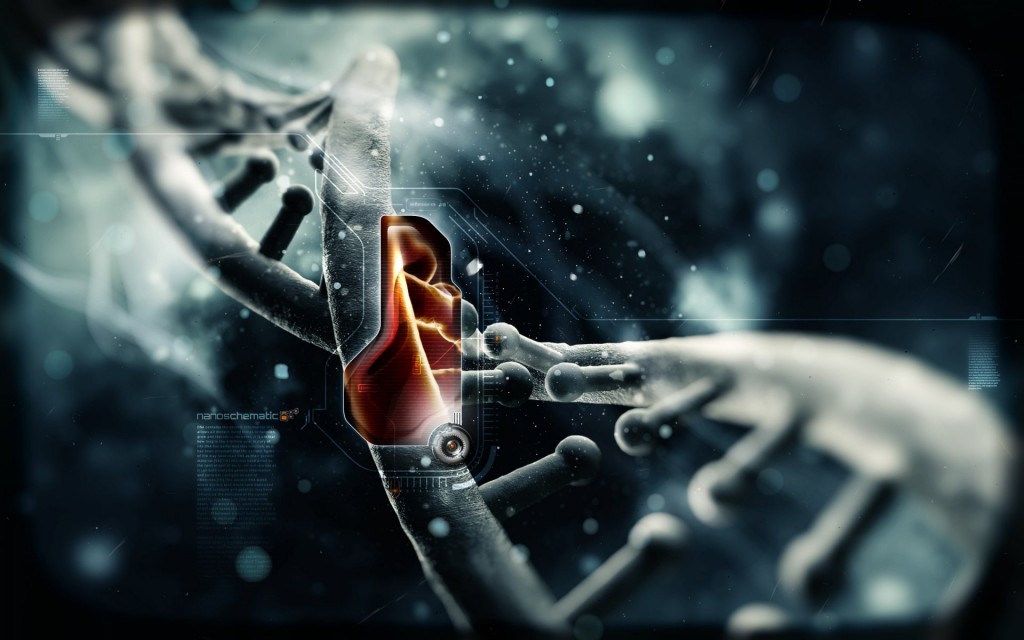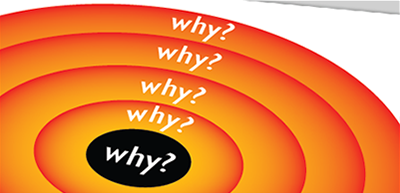In 460 BC. the Greek philosopher Democritus developed the idea of atoms. It took over 2000 years before John Dalton published a paper on atoms, naming them the smallest particle, indivisible. Almost 100 years later, physicist J.J. Thomson discovered the electron, proton & neutron, proving that atoms were divisible. In 1958, scientists at Stanford found that these atomic parts were divisible into even smaller part: quarks. The most fundamental parts of matter have currently been subdivided into 12 elemental parts called fermions, which we currently do not believe are divisible.
What in the Sam Hill do fermions have to do with business?
We often think about our business as solving a customer’s problem. They need SEO, we give them SEO. They need a bike, we sell them a bike. But is it the whole story?
Strategically, selling a product to a customer who wants it is akin to discovering atoms. It’s fundamental but it doesn’t answer the entire question. Toyota is famous for their method of asking the “5 Whys” (root cause analysis) to get to the root of a problem. So lets ask the questions and see if we can get to a more fundamental place.
In the Lean Startup, Eric Ries breaks it down like this:
- A new release broke a key feature for customers. Why? Because a particular server failed.
- Why did the server fail? Because an obscure subsystem was used in the wrong way.
- Why was it used in the wrong way? The engineer who used it didn’t know how to use it properly.
- Why didn’t he know? Because he was never trained.
- Why wasn’t he trained? Because his manager doesn’t believe in training new engineers, because they are “too busy.”
Real World Application
Now let’s examine your bike customer after his purchase and see if we’re targeting the right motivation. We will only need four whys to get to the basic block here.
- A customer came into your shop. Why? Because he wanted a bike.
- Why did he want a bike? It’s his daughter’s birthday next weekend.
- Why did he want to buy her a bike for her birthday? Because she mentioned wanting one.
- Why did he want to give his daughter what she wants? Because he loves her.
Love is a fermion. It is the basic building block of this father’s choice. He came into your shop to express love.
Mark Cuban, billionaire owner of the Dallas Mavericks, fundamentally understands that he is not just in the NBA business. Nor is he in the sports business. Mark Cuban is in the entertainment business. But even entertainment isn’t the fermion. People want to be entertained because it’s fun. Having fun is a fermion.
Finding Fermions
One more book for you – Geoff Ayling wrote Rapid Response Advertising in 1998, which provided 50 reasons people buy. I would suggest those 50 are close to fermions. Finding your customer’s true “why” can make your business strategy much more focused and clear.
You can find the full list at Why People Buy.
Can you see fundamental understanding in those reasons?
#8 – To Speed Up Their Work. This is the fermion behind computer sales, Hootsuite, washing machines and Photoshop.
#23 – To feel safe. This is the fermion that pushes sales of security cameras, handguns, safer cars, fire alarms and firewalls.
#19 – To access opportunities. The opportunity fermion is responsible for people signing up for your trade conference, writing a guest blog on Medium, buy premium LinkedIn subscriptions or buy Warrior Special Offers. If you want a promotion, you may be buying new clothes or a better laser pointer to make that important presentation. You may hire a book editor to access an opportunity to sell your book to a publishing house.
Ask why until you find your fermion. Why do people come to you? What does this mean about your marketing? Can you tap into a fermion directly? Can you tailor your message to the real reason your customer came in?


